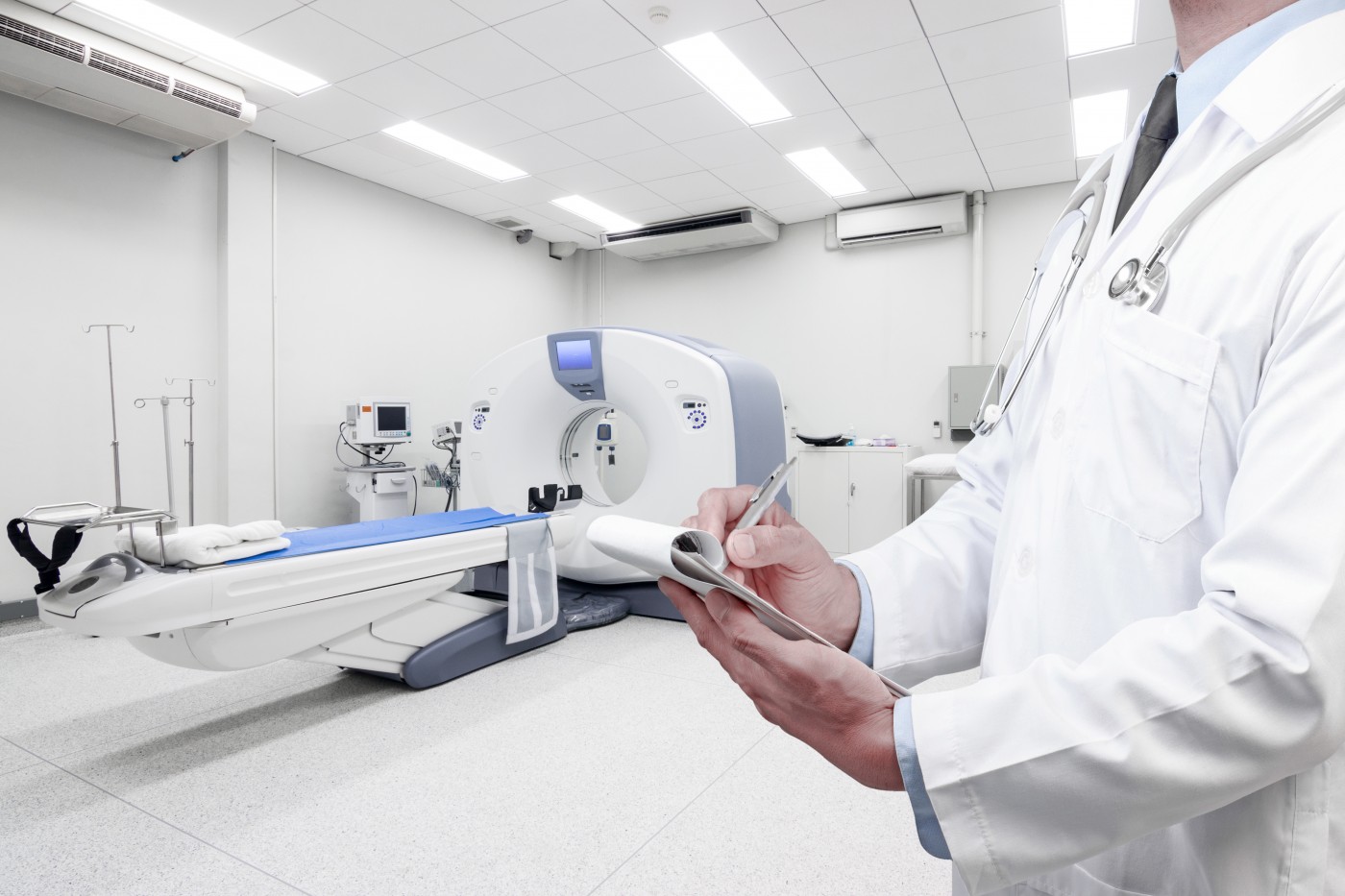Chest Computed Tomography Revealed As Valuable Diagnostic Tool For PH As a Comorbidity To COPD

A new retrospective study of computed tomographies of chronic obstructive pulmonary disease (COPD) patients shows that chest CT has value as a diagnostic tool for COPD and its comorbidity pulmonary hypertension (PH). The research paper, entitled “Computed tomography measurement of pulmonary artery for diagnosis of COPD and its comorbidity pulmonary hypertension,” was published in the International Journal of Chronic Obstructive Pulmonary Disease.
Chronic obstructive pulmonary disease (COPD) is usually diagnosed through a series of pulmonary function tests by spirometry, aimed to evaluate lung function through parameters such as forced expiratory volume in 1 second (FEV1) and forced vital capacity (FVC). Right heart catheterization (RHC) is the standard for PH diagnosis, but is an invasive procedure with potentially harmful consequences such as internal bleeding.
In order to assess if computed tomography (CT), widely used for the evaluation of lung diseases, could be a valuable diagnostic tool for COPD and PH, researchers reviewed the CT of 221 patients with COPD, divided into PH (COPD-PH) and non-PH groups, and 115 control patients without cardiovascular or lung disease. The scientists looked at different parameters and CT measurements, such as main pulmonary artery (MPA), right pulmonary artery (RPA) and left pulmonary artery branches, and ascending aorta (AAo) and descending aorta (DAo) diameters, and also calculated the ratios of MPA/AAo and MPA/Dao for all the patients in both groups and compared observations.
Results show that MPA and branches diameters were significantly enlarged in COPD patients when compared with the same measurements in the control group, observations that are consistent with previous studies. The same conclusion was found to be true for the MPA/AAo and MPA/DAo ratios. Moreover, AAo diameter in COPD-PH was slightly larger than that in non-PH, but this measurement did not affect the ratios.
Researchers suggest the application of a single variable is not feasible to determine PH, and a multi-index on CT measurement might be more accurate for the diagnosis of PH, despite suggestion that RPA diameter might be the best marker to predict occurrence of COPD-PH. MPA/DAo was found to strongly correlate with changes of PAP (pulmonary artery pressure), a parameter of extreme importance in the diagnosis and evaluation of COPD and PH. The researchers selected MPA as a helpful index for COPD diagnosis, concluding that “CT is a rapid, simple, and effective tool for the diagnosis and evaluation of COPD and its comorbidity PH.”







